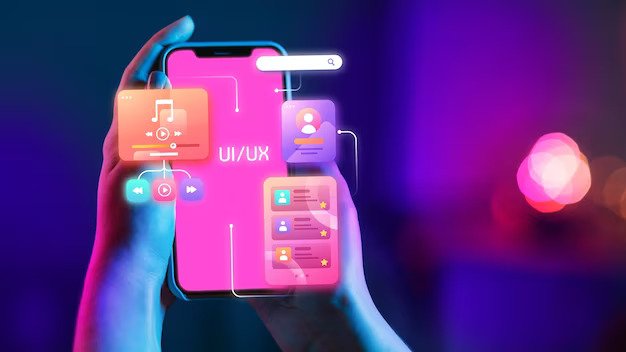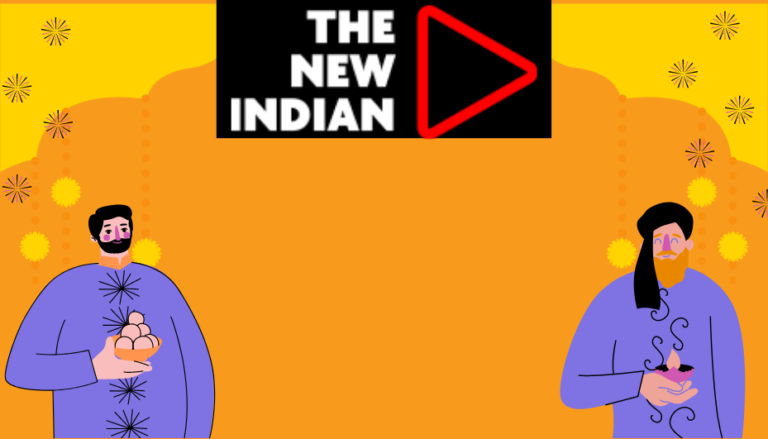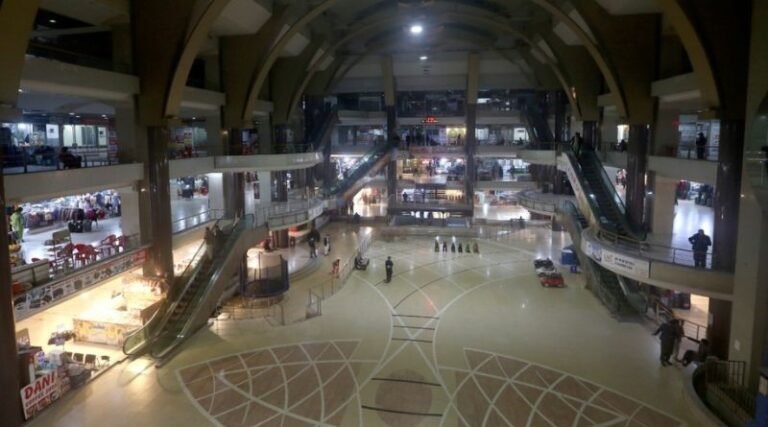Emerging Trends in UX Design: What Top Agencies Are Implementing
In the ever-evolving landscape of User Experience (UX) design, staying abreast of emerging trends is essential for creating innovative and user-centric digital experiences. Top UX agencies are at the forefront of adopting and implementing these trends to push the boundaries of design possibilities. Explore the latest trends shaping the future of UX design as championed by leading agencies.
1. Immersive User Experiences with Augmented Reality (AR) and Virtual Reality (VR)
*Agency Perspective: “AR and VR have opened up new dimensions for user interaction. We’re integrating immersive experiences that go beyond traditional screens, creating engaging environments for users to explore.”
As technology advances, top UX agencies are increasingly incorporating AR and VR into their design strategies. These immersive technologies allow users to interact with digital content in three-dimensional spaces, providing an unparalleled level of engagement. From virtual product try-ons to augmented reality interfaces, agencies are leveraging AR and VR to enhance user experiences across various industries.
2. Voice User Interface (VUI) for Seamless Interaction
*Agency Perspective: “Voice is becoming a powerful interface. Our focus is on designing intuitive VUIs that enable users to interact with digital products using natural language, enhancing accessibility and convenience.”
With the rise of voice-activated devices and virtual assistants, UX agencies are placing a significant emphasis on Voice User Interfaces (VUI). Integrating voice commands into applications and websites allows for hands-free interaction, making it particularly valuable for users on the go. Top agencies are exploring ways to make VUIs more natural, context-aware, and seamlessly integrated into the overall user experience.
3. Neumorphism: Soft UI for a Modern Aesthetic
*Agency Perspective: “Neumorphism is shaping our design language. We’re adopting soft UI elements to create a visually appealing and tactile user interface that adds depth and sophistication.”
Neumorphism, or soft UI, is gaining traction as a design trend characterized by soft shadows, subtle gradients, and minimalist elements. Top UX agencies are adopting this approach to create interfaces that feel tactile and visually modern. Neumorphic design not only adds a layer of sophistication but also enhances the overall user experience by providing a more intuitive and pleasant visual interaction.
4. Dark Mode Design for Visual Comfort
*Agency Perspective: “Dark mode has become more than a trend; it’s a design preference. We’re implementing dark mode options for applications and websites to reduce eye strain and provide users with a visually comfortable experience.”
Dark mode design, originally introduced to reduce eye strain in low-light environments, has become a design standard. Leading UX agencies are incorporating dark mode options into their designs to offer users a choice for a visually comfortable experience. This trend not only addresses usability concerns but also aligns with the aesthetic preferences of many users.
5. Microinteractions for Delightful Engagement
*Agency Perspective: “Microinteractions are the small details that make a big impact. We’re focusing on designing subtle animations and feedback loops that add a layer of delight to the overall user experience.”
Microinteractions, small and subtle animations that respond to user actions, are becoming integral to UX design. Top agencies recognize the value of these details in creating a delightful and engaging user experience. Whether it’s a subtle button animation or a feedback loop confirming an action, microinteractions contribute to user satisfaction and reinforce positive interactions.
6. Data-Driven Personalization
*Agency Perspective: “Personalization is evolving with data-driven insights. We’re leveraging user data to create personalized experiences that cater to individual preferences, ultimately enhancing user engagement.”
Personalization has been a UX trend for some time, but top agencies are taking it a step further by incorporating data-driven insights. Analyzing user behavior and preferences allows designers to create highly personalized experiences. Whether it’s tailoring content recommendations or adjusting interface elements, data-driven personalization ensures that users receive content and interactions that align with their individual preferences.
Conclusion
The world of UX design is dynamic, and top agencies are at the forefront of adopting emerging trends to create innovative and user-focused digital experiences. From immersive technologies like AR and VR to the aesthetic appeal of Neumorphism, the trends highlighted above reflect the industry’s commitment to pushing the boundaries of design. As these trends continue to evolve, staying informed and incorporating relevant elements into UX strategies will be crucial for delivering cutting-edge and impactful digital solutions.







